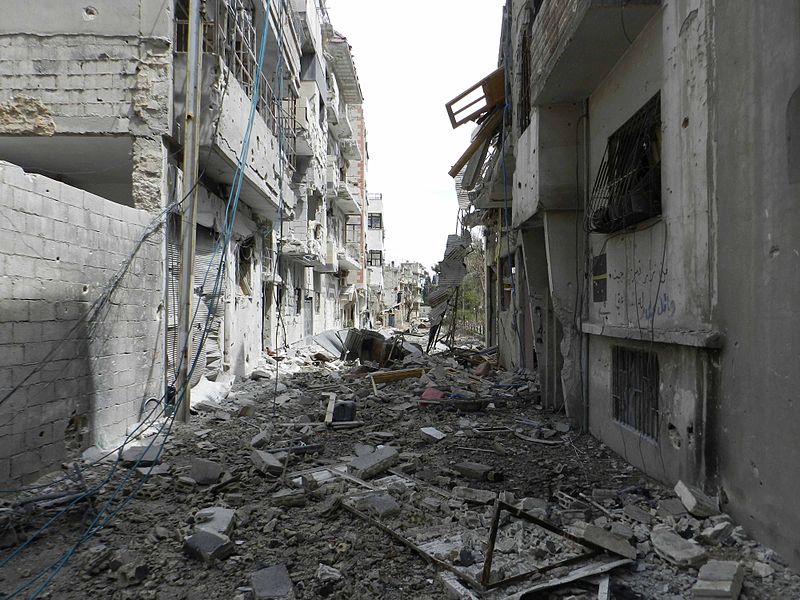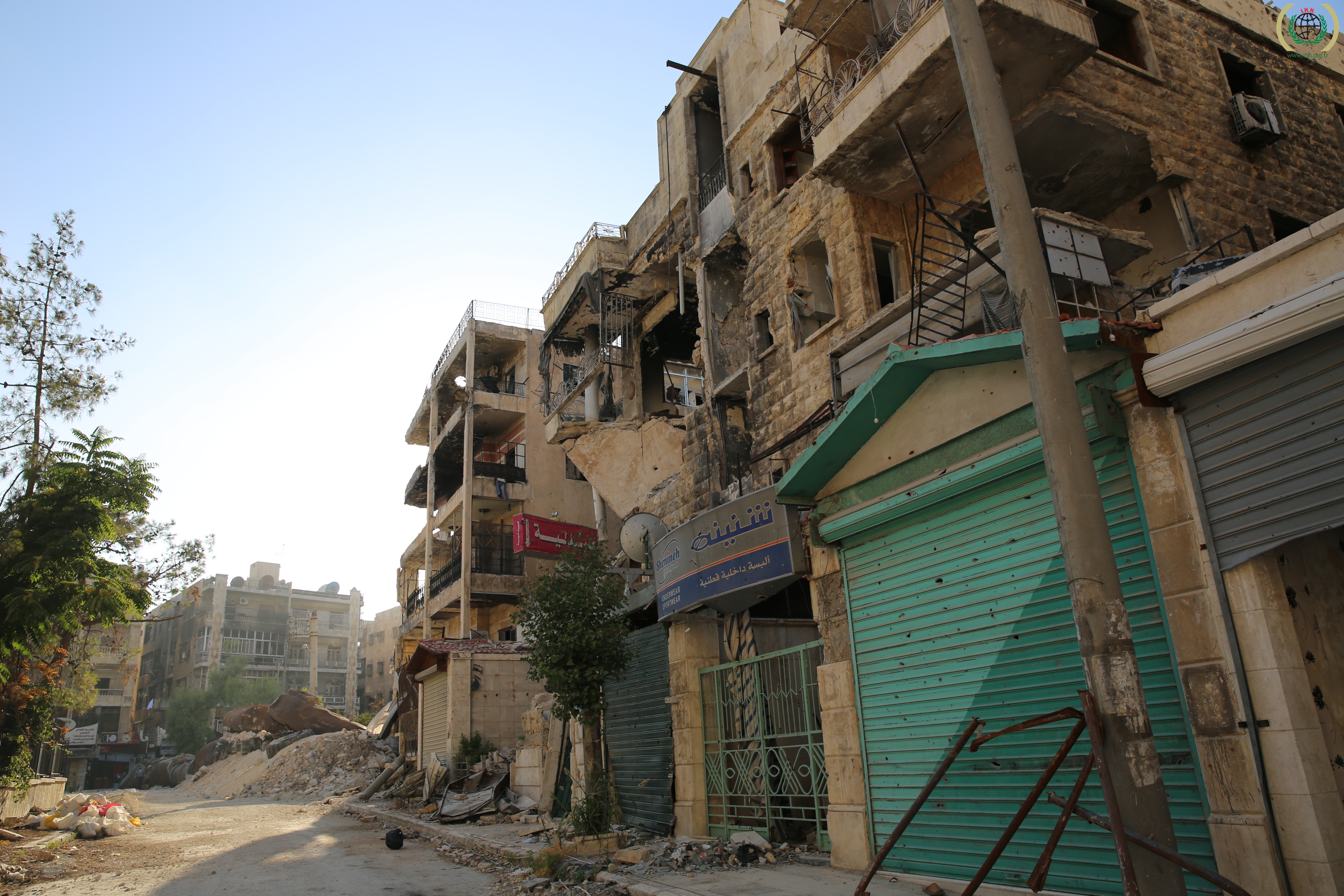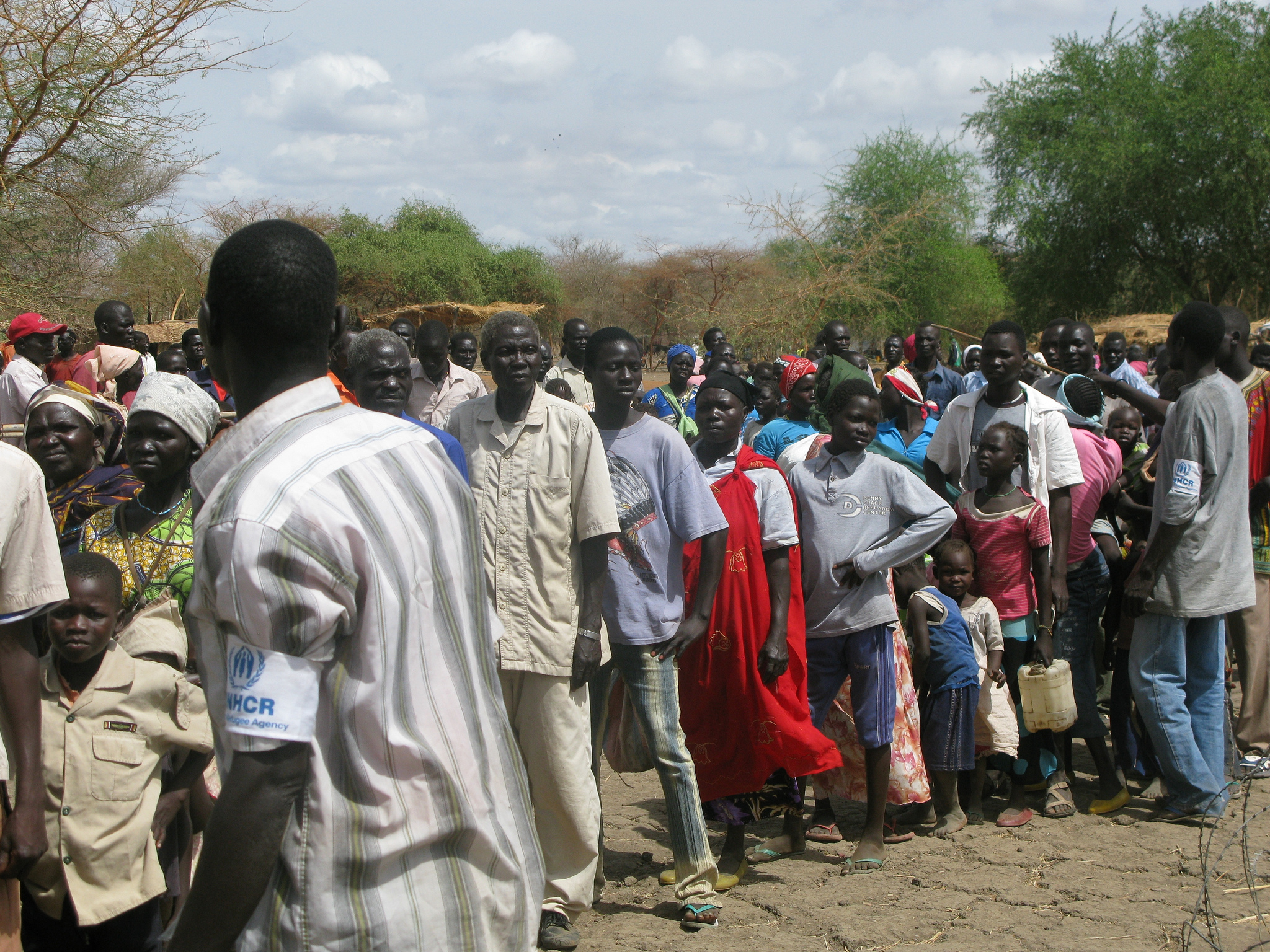
Over the weekend, a historic peace agreement was finalized between the Moro Islamic Liberation Front (MILF) rebel group and the Philippine government. In short, the agreement will cede autonomy of governance and resource revenues to a large region called Bangsamoro on the southern island of Mindanao. It is too early to get a clear read about the deal’s prospects since it hasn’t even been officially approved or implemented yet, but for the moment, one can point to several reasons for both concern and optimism:
Reasons for concern:
Spoilers. Even with the agreement with the MILF, additional rebel groups remain active in the Philippines. Some of these groups oppose the creation of the autonomous region because it conflicts with their strict Islamist ideals or their previously negotiated autonomy rights. These groups include:
Abu Sayyaf, a small group of al-Qaeda-linked fighters that is relatively isolated on the islands of Jolo and Basilan, but hardcore and extremist/Islamist fighters nonetheless.
The Moro National Liberation Front, which signed a peace deal in 1996, but did not completely demobilize. These fighters made the news recently when they infiltrated the southwestern city of Zamboanga for several weeks, causing temporary displacement of hundreds of thousands of residents.
The communist New People’s Army continues to be active in various regions of the country, including in Mindanao (the NPA was recently in the news for its pressure on communities and public forces after the Tacloban earthquake). Since the agreement calls for delegating security in Mindanao to local authorities and incorporating fighters into the Armed Forces of the Philippines (AFP), the AFP may as a consequence be able to focus more of its resources on defeating the NPA.
These groups could attempt to splinter MILF factions or ramp-up conflict activities to impede implementation of the agreement.
Corruption and implementation challenges. The Philippines ranks high on indices of corruption and in the past has been plagued with policy implementation challenges in areas such as land reform, resolving land conflicts, and even disaster prevention and relief. Similar to recent findings on Colombia’s land programs, poor follow-through on issues such as land reform (or economic development or DDR) could create openings for spoiler groups.
Reasons for optimism:
Local peace capacity. Although local conflicts and clan feuds (“rido”) could prove to be destabilizing factors, the Philippines has a strong tradition of locally-led peace movements, including the “Peace Zone” communities I have been researching, which are often supported by inter-faith leaders and exist even within Muslim areas.
Robust integral development programs. When I conducted field research in the Philippines in 2012, I had meetings with officials involved in a new “integral development” and state capacity (consolidation) program known as PAMANA. Although the program is young and still being evaluated, early signs indicate it has had a positive impact on the livelihoods of many Filipinos residing in conflict zones. This national-level program could offer hope for avoiding corruption and the political capture of benefits by local elites. Further, along with the Philippine government, the US, Malaysia (who brokered the deal), and other actors have strong economic incentives to guarantee the peace deal and contribute to development programs.
Overall, the agreement is some sorely welcome news for the Philippines after a bumpy year that has seen continued maritime conflicts over the Spratly islands with China and the devastation of the Tacloban earthquake. The Philippines pact is also a timely reminder that peace is possible, even in “intractable” conflicts, and is welcome inspiration as peace negotiations continue around the world in the Central African Republic, Colombia, Syria, and South Sudan.






1 comment